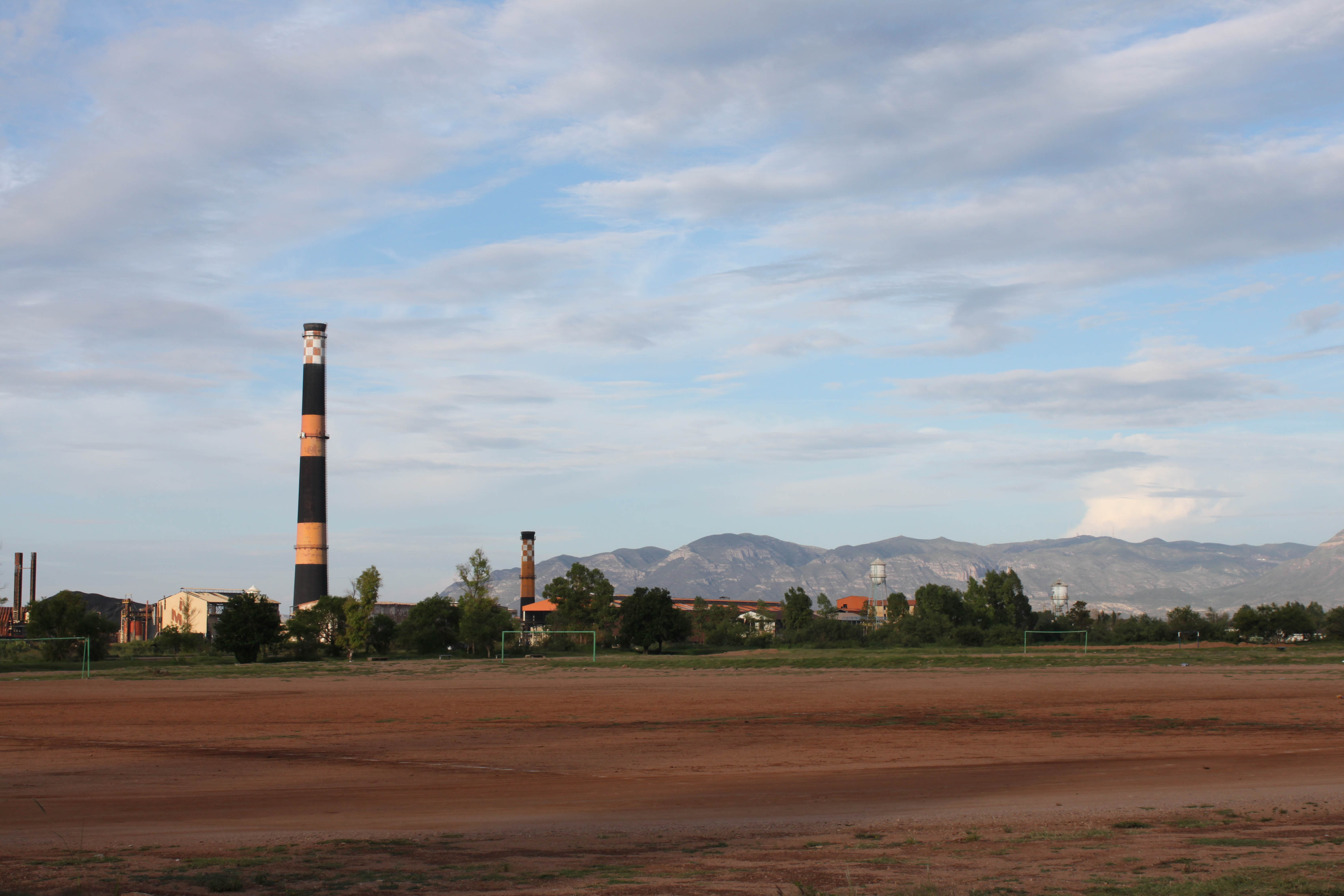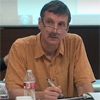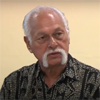PRIMER SEMINARIO TESTIMONIAL SOBRE LA HISTORIA DE LA FUNDICIÓN DE ÁVALOS Y SU COMMUNIDAD
Hora y lugar: Sábado 10 de agosto 10, 2013, 4-7:00 pm, Centro de Educación y Capacitación Ambiental de Ávalos, (Antigua Sección 10 del sindicato de la planta), Ávalos, Ciudad de Chihuahua.
00:00:00–00:17:56 (18 minutos)
Bienvenida y Introduccion
00:17:56–00:36:07 (18 minutos)
Presentaciones de los participantes
00:36:07–01:16:06 (38 minutos)
Presentaciones iniciales de los líderes de discusión
• Arturo Limón 00:36:46–00:44:18 (7 ½ minutos)
• Luz Helena Sanín 00:44:27—01:02:57 (18 ½ minutos)
• Jesús Antonio Soto 01:03:07—01:07:25 (3 ½ minutos)
• Luis Oscar Rodríguez 01:07:37–01:16:06 (8 ½ minutos)
01:16:06—01:43:38 (27 ½ minutos)
Comentarios por parte de los otros participantes
01:43:56-2:16:44 (33 minutos)
Comparación con El Paso
• Comparación con El Paso a partir del video del seminario allá 01:43:56—02:13:25 (30 minutos)
• Commentario 02:13:26—2:16:44 (3 minutos)
02:16:45—2:45:46 (30 minutos)
Beneficios, también Desventajas, de la Planta
02:45:47—3:00:20 (14 minutos)
Respuestas a las preguntas de los participantes en el seminario de El Paso
Presentaciones de los participantes
Presentaciones iniciales de los líderes de discusión
Comentarios por parte de los otros participantes
Comparación con El Paso
Beneficios, también Desventajas, de la Planta
Respuestas a las preguntas de los participantes en el seminario de El Paso


 Catherine Wilson-Shupe on growing up in the American colony in Avalos.
Catherine Wilson-Shupe on growing up in the American colony in Avalos. Juan Garza on ASARCO’s startup and malfunction events; how health dept handled.
Juan Garza on ASARCO’s startup and malfunction events; how health dept handled.


 Catherine Wilson-Shupe, Jorge Villalobos, Joe Piñon, Jose Manuel Escobedo, and Mario Navarez on company and others such as Landrigan who knew, came to know about lead’s dangers early on.
Catherine Wilson-Shupe, Jorge Villalobos, Joe Piñon, Jose Manuel Escobedo, and Mario Navarez on company and others such as Landrigan who knew, came to know about lead’s dangers early on.
 Joe Piñon, Chris Sellers, Bill Addington on what’s “acceptable” for lead exposures in children today.
Joe Piñon, Chris Sellers, Bill Addington on what’s “acceptable” for lead exposures in children today. Vivian Russell on her suspicions about corrosive film on vehicles, “Star Wars” gear, removal of houses.
Vivian Russell on her suspicions about corrosive film on vehicles, “Star Wars” gear, removal of houses.

 Veronica Carbajal discusses importance of late 1990’s EPA’ arrival in town; also of the 2005 ASARCO bankruptcy.
Veronica Carbajal discusses importance of late 1990’s EPA’ arrival in town; also of the 2005 ASARCO bankruptcy. Danny Arellano on corporate strategy of keeping managers in dark on what’s going into plant, as set out in 2001.
Danny Arellano on corporate strategy of keeping managers in dark on what’s going into plant, as set out in 2001. Balthazar Huerta on how little workers would be informed about risks involved with tasks; importance of “chemical” designation in deciding what to avoid.
Balthazar Huerta on how little workers would be informed about risks involved with tasks; importance of “chemical” designation in deciding what to avoid. Elvira Salcido talks about what she saw of plant’s smoke from Smeltertown from 1930s.
Elvira Salcido talks about what she saw of plant’s smoke from Smeltertown from 1930s.